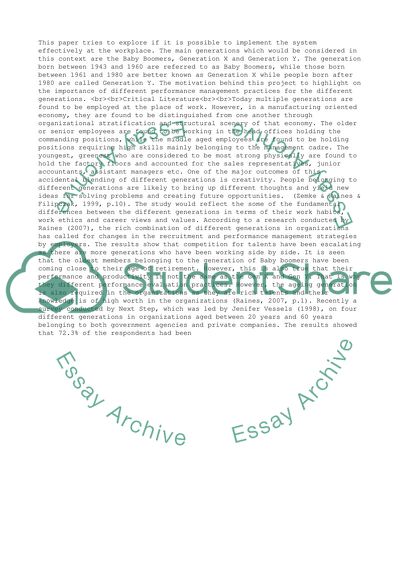Cite this document
(“Human resources - performance management Research Proposal”, n.d.)
Retrieved de https://studentshare.org/management/1390836-human-resources-performance-management
Retrieved de https://studentshare.org/management/1390836-human-resources-performance-management
(Human Resources - Performance Management Research Proposal)
https://studentshare.org/management/1390836-human-resources-performance-management.
https://studentshare.org/management/1390836-human-resources-performance-management.
“Human Resources - Performance Management Research Proposal”, n.d. https://studentshare.org/management/1390836-human-resources-performance-management.


